Contact
vadim.kessler@slu.se, 018-671541
gulaim.seisenbaeva@slu.se, 018-672994
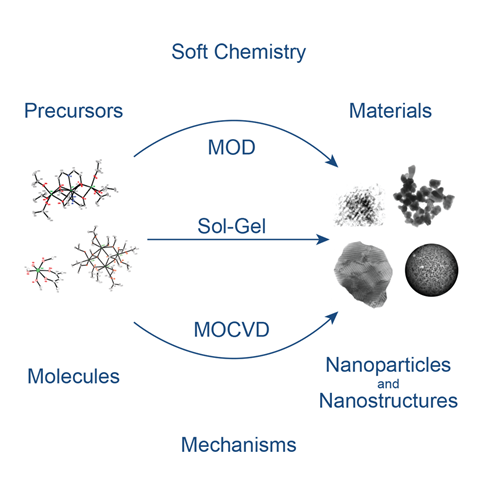
Our group is working on development of new inorganic and hybrid organic-inorganic materials for environmental and biomedical application.
We are interested in the whole chain in developing new nanomaterials from metal-organic precursor chemistry, via mechanisms of their transformation into nanoparticles and all the way to real applications as adsorbents for water cleaning and remediation, (bio)catalysts, materials for biocontrol applications in agriculture, drug delivery systems, and even materials for new energy sources.
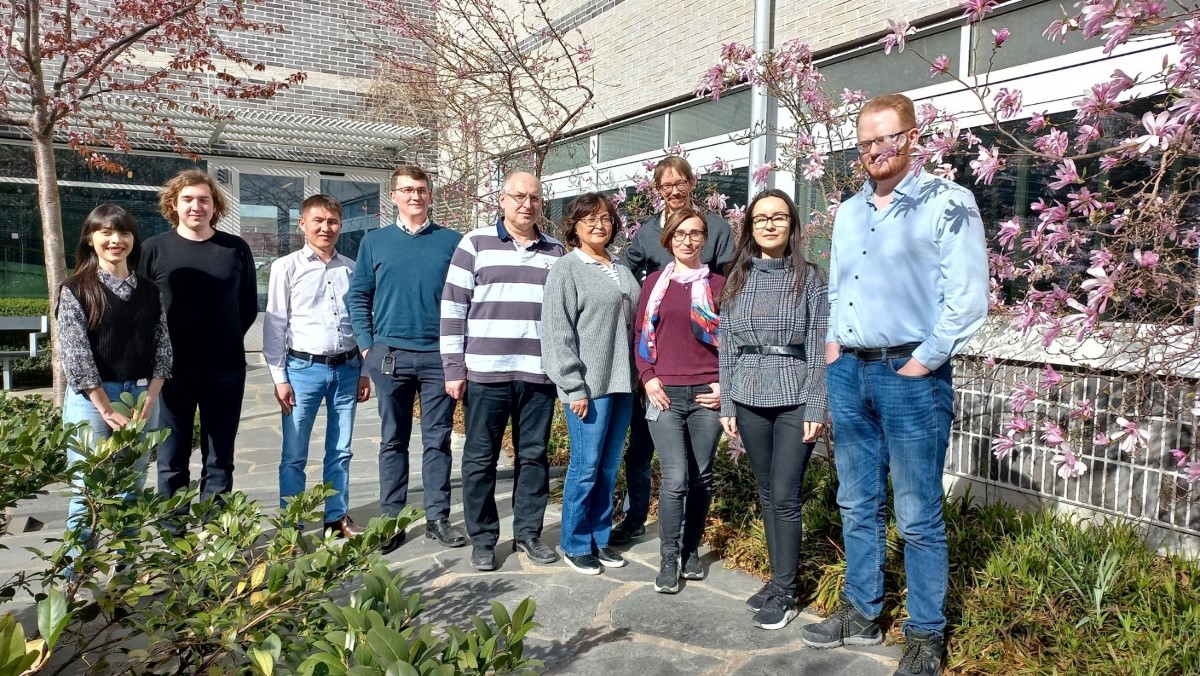
Left to right: Ani, Wannes, Ulantay, Troy, Vadim, Gulaim, Harald, Oksana, Marijana, Björn
The group is run by 2 senior scientists, Professor Vadim Kessler and Professor Gulaim Seisenbaeva, possessing matching competences in the domains of coordination chemistry, solution reaction mechanisms, and synthesis and characterization of inorganic materials.
The group is fluctuating in number between 8 and 10 people, with 2-3 PhD students and 2-3 postdocs/visiting scientists, together with a number of interns and Diploma students.
Unit heads
Lab members
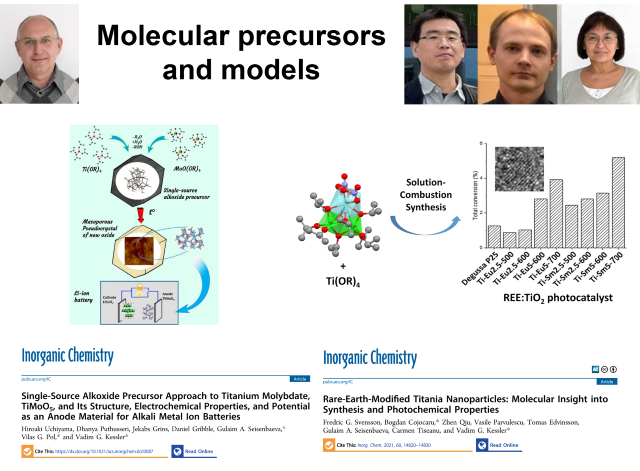
Project description:
The idea is to understand how using molecular design of precursor chemicals one can guide the formation of complex oxide phases with desired nanostructure. Supported by VR grants 2008-03857, 2011-03718, 2014-03938.
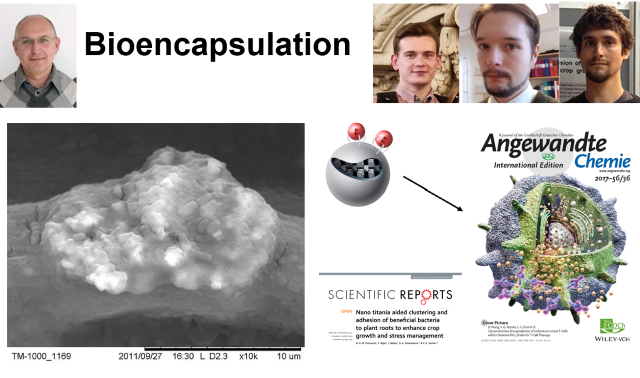
Project description:
Mineral nanoparticles from a colloid solution act as glue between the plant root and the ”good bacteria”. They can even protect human cells and induce tissue regeneration. Supported by 2012-00581_Formas, 2013-01881_Vinnova and MG2019-8464_STINT
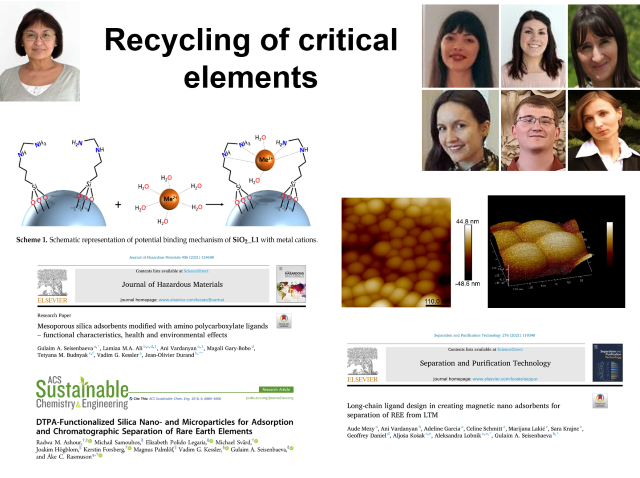
Description:
Projects share the common aim of tailoring hybrid nanostructured organic-inorganic adsorbent materials with targeted functionality for solid phase adsorption and controlled release of metal cations. Technology for uptake and separation of REE and LTM is the major aim.
VR- Swedish Reserach Links Project, EU FP-7 ”EuRARE” project, Metrecycle ERA-MIN, Åforsk, STINT
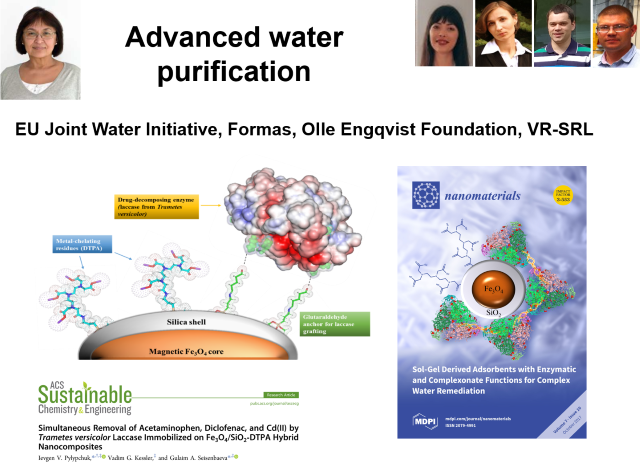
Description:
The projects aim at forming solid hybrid materials bearing biocatalyst functions along with functional ligands on nano adsorbent carriers. Removal of persistent organic pollutants such as pharmaceuticals and PFAS is the primary target. Stabilization of biological functions agains metal cation pollutants and removal of hazardous metals is also an aim.
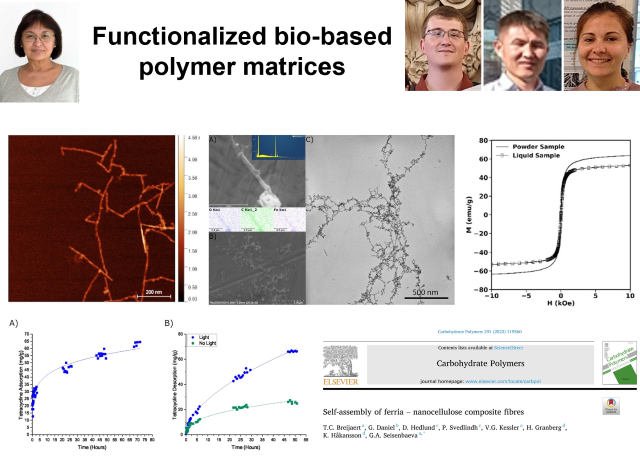
Description:
Hybrid materials based on biobased polymers such as cellulose,spider silk etc. and metal oxides are designed and produced aiming at such applications as skin photo-active drug delivery, anti-bacterial materials and specific adsorbents (SI and STINT).
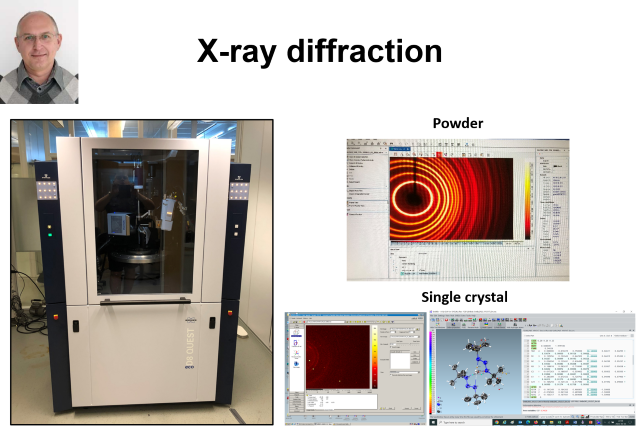
Description:
X-ray diffraction offers possibility of structure recognition and determination. Bruker D8 Quest ECO multifunctional instrument provides opportunities for phase identification in powder samples and is an excellent option for single crystal structure determination for small (and not so small) molecules with atomic resolution.
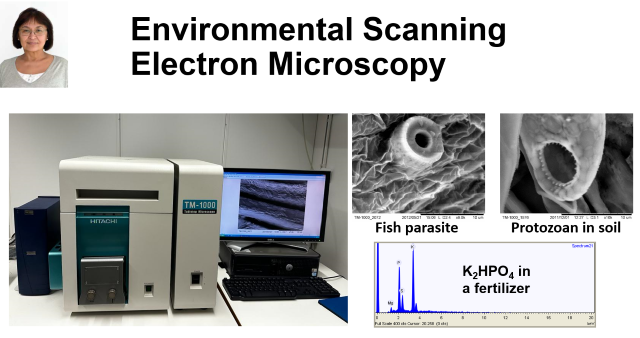
Description:
The SEM is an instrument that produces a largely magnified image by using electrons instead of light to form an image. A beam of electrons is produced at the top of the microscope by an electron gun. We use environmental a TM-1000-mu-DeX instrument for imaging both inorganic and biological samples in low-vacuum regime. Images with magnification up to x10000 can be obtained on samples not subjected to any special treatment. Spot and area elemental analysis with EDS is available.
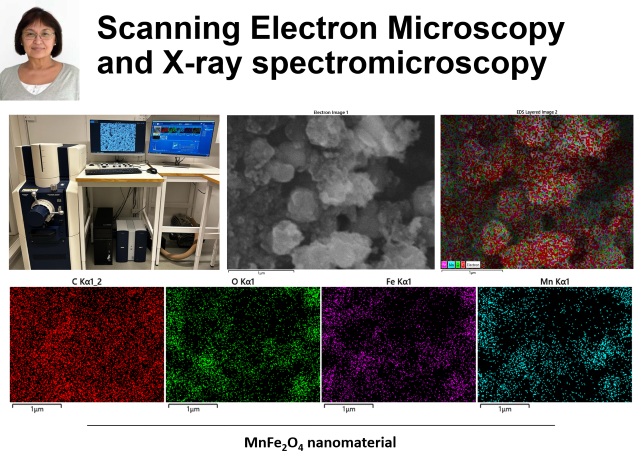
Description:
Flex-SEM 100 II is a compact scanning electron microscope with full spectrum of imaging options, including X-ray mapping and X-ray microscopy. Magnification is up to x100 000
Multiple options in accelerating voltage, current, detector distance are available.
Detectors use backscattered, secondary electrons, or X-ray luminescence.
Possibility to make 3D images, measure particle size, etc.
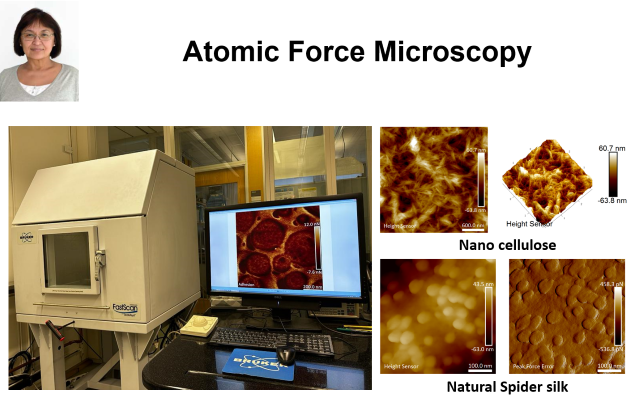
Description:
Atomic Force Microscopy (AFM) offers extremely high resolution (below 10 nm) under ambient conditions, possibility to monitor the interaction forces – adhesion, magnetic interaction etc. We use Bruker Dimension FastScan Bio supplied with Quantitative Peak Force Management hard- and software to investigate nanostructures in inorganic and biological samples.
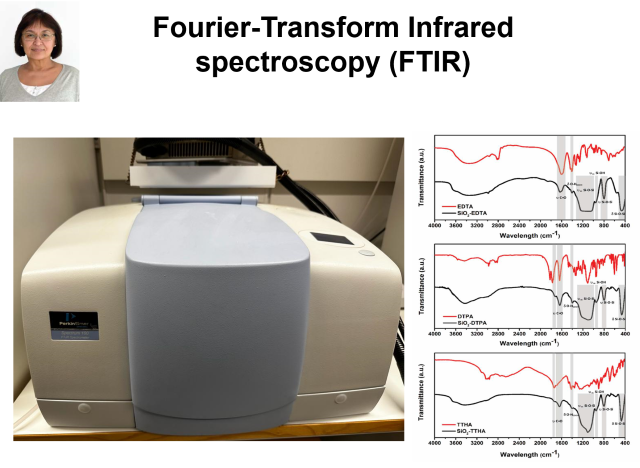
Description:
Vibration spectroscopy – reveals the types of bonds. Permits for the analysis of structural changes and make quantitative measurements. Perkin-Elmer Spectrum 100 instrument gives an excellent opportunity to study solid, liquid and gas samples.
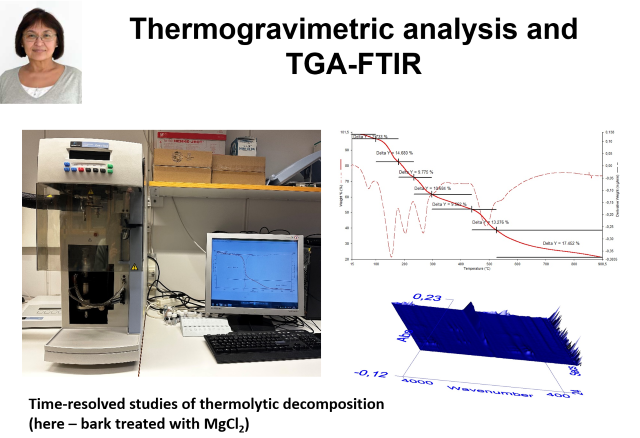
Description:
The analyzer usually consists of a high-precision balance with a pan (generally platinum) loaded with the sample. The pan is placed in a small electrically heated oven with a thermocouple to accurately measure the temperature. The atmosphere may be purged with an inert gas to prevent oxidation or other undesired reactions. A computer is used to control the instrument. Perkin-Elmer Pyris 1 instrument with FTIR detection of outgoing gases is available.
vadim.kessler@slu.se, 018-671541
gulaim.seisenbaeva@slu.se, 018-672994